What is the connection between a plastic toy and the plight of so many species in the wild? Can the toy help to save the animal or will rampant commercialism and human greed drive them to extinction?
In the bustling aisles of a zoo souvenir shop, a plastic orangutan sits, largely unnoticed among the plush toys and colorful trinkets. Its lifeless form, a poor representation of a magnificent creature, captures none of the essence or vibrancy of a real orangutan. This plastic figure is a stark reminder of the commodification of nature in the modern world.
Beyond the gift shop, real orangutans swing lazily from one structure to another within the confines of the zoo. Their once vibrant spirits are dulled by the monotony of captivity. Visitors snap pictures, captivated momentarily, but often failing to see beyond the spectacle. These orangutans, transported from the lush rainforests of Borneo and Sumatra, now reside in metal enclosures far from their natural homes.
The journey from seeing orangutans as mere toys on a shop shelf to observing them alive, as complex, sentient beings, is life-changing. It challenges us to reimagine our relationship with nature and the impact of our actions on the wilder regions of this planet – not just with one species but with everything from the smallest to the largest living things.
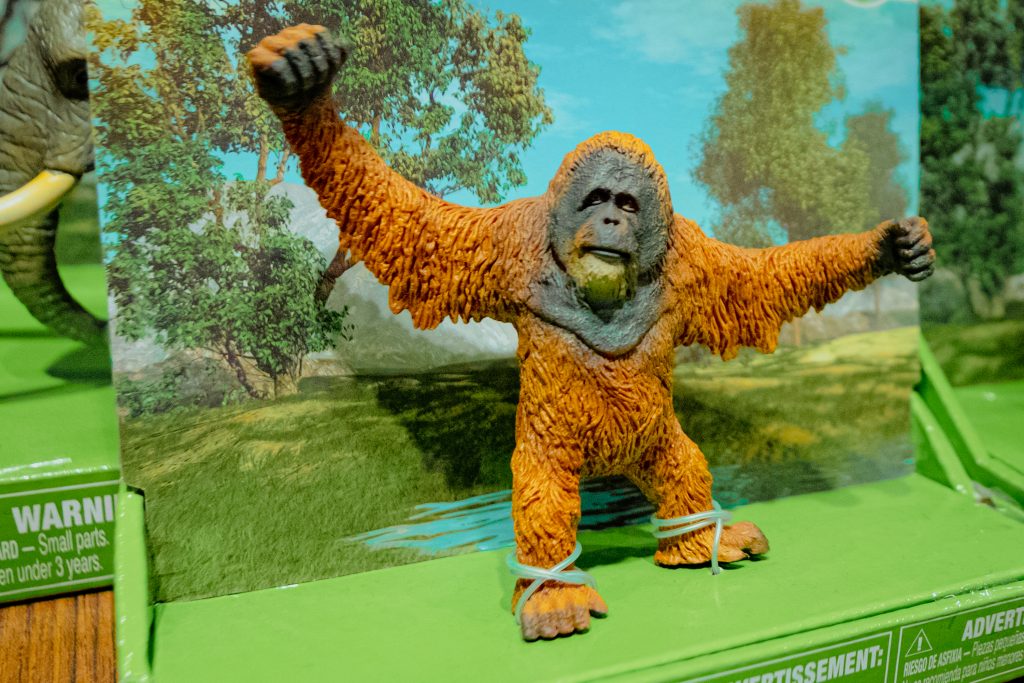
A toy of orangutan seen on shelves at the merchandise shop of Singapore Zoo It is a static plastic representation of a magnificent creature that s trying to imitate the essence and vibrancy of a great ape br br Singapore Zoo
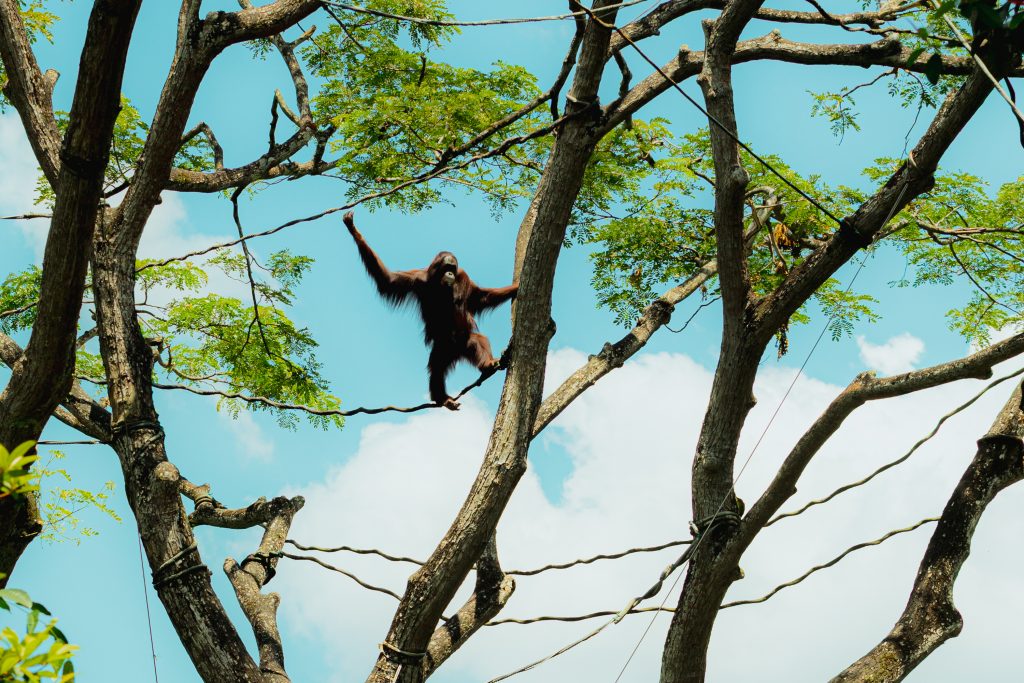
An orangutan moves freely across a tree draped with artificial lianas inside the Singapore Zoo A young ranger responsible for the orangutan section explains the animals origins and shares facts with visitors When asked if he has ever been to the Bornean rainforest he admits he has not I m quite busy and don t have time for travelling mainly busy working and hustling br br Singapore Zoo
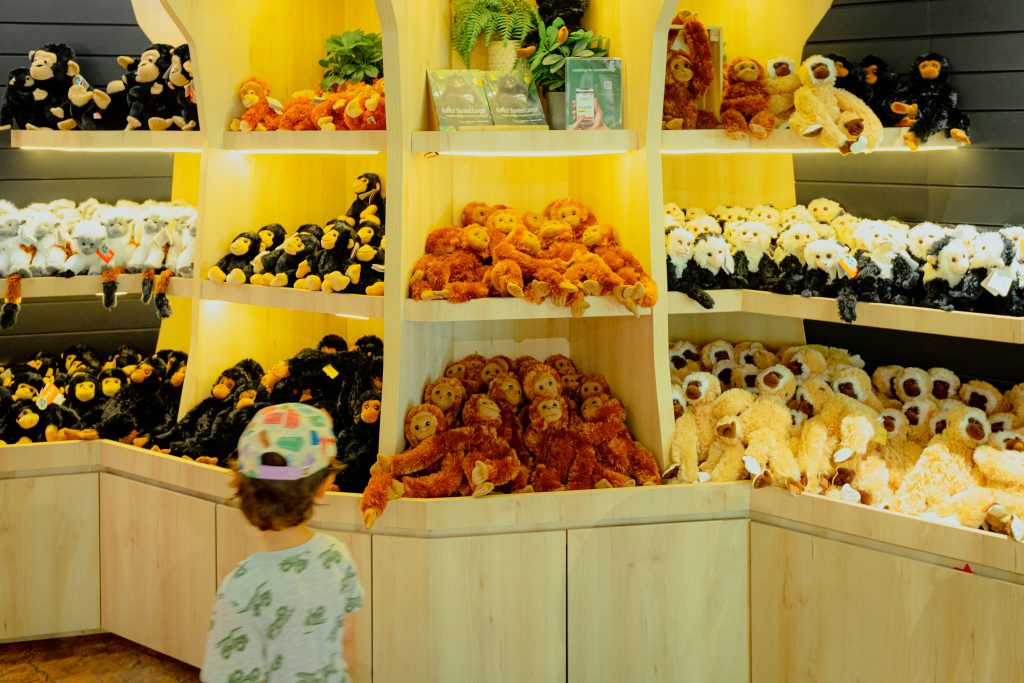
Soft monkeys toys at merchandise shop Singapore Zoo Mandai Wildlife Reserve has a programme called Conservation Included which means that every visit ticket purchase etc contributes to wildlife conservation projects in Singapore and Southeast Asia br They are supporting over 50 wildlife conservation projects locally and regionally particularly for highly threatened species such as the Rote snake-necked turtle Sumatran orangutan Asiatic black bear br br Singapore Zoo
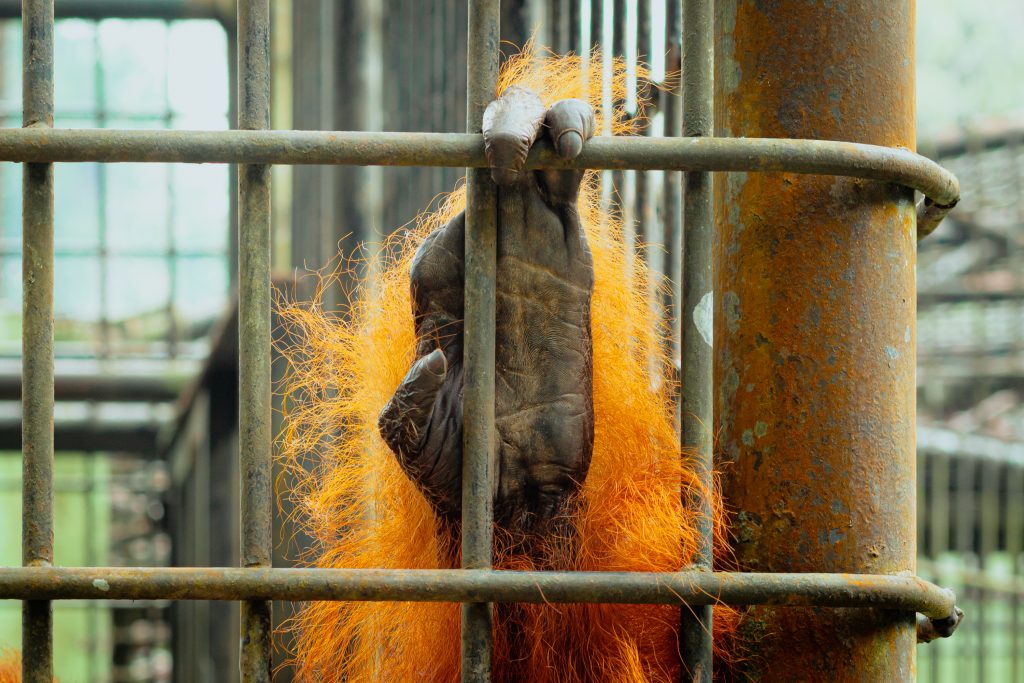
Rescued orangutan at Matang Wildlife Rehabilitation Centre It is a dedicated place where endangered species are rehabilitated and released into the forest Most individuals were confiscated from members of the public who illegally kept them as pets and must be taught how to fend for themselves in the wild br br Matang Wildlife Rehabilitation Centre Sarawak Malaysia
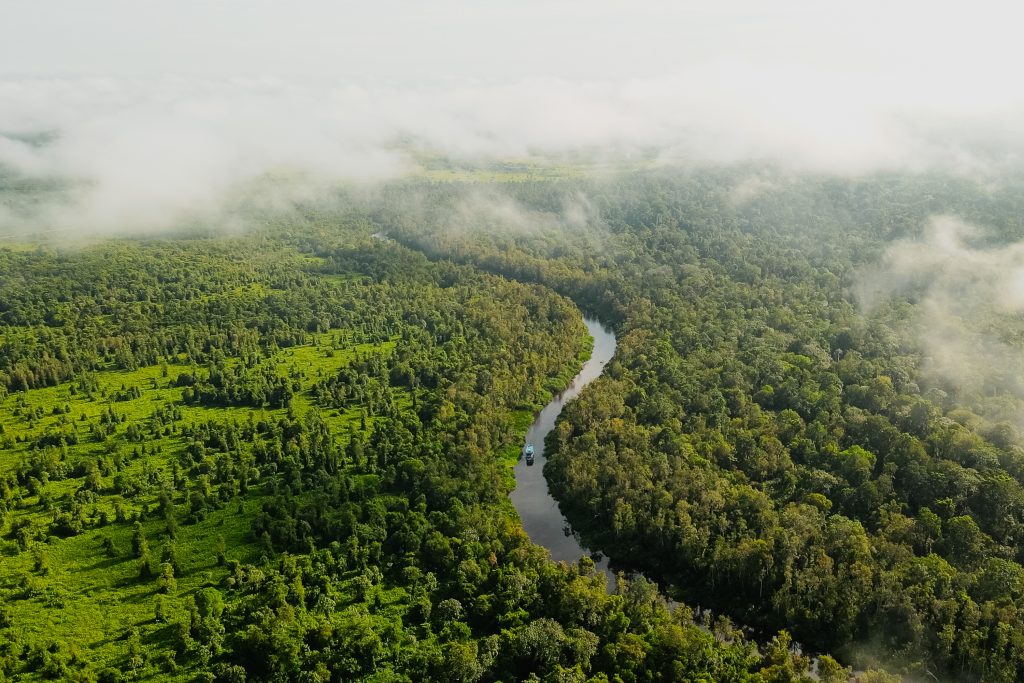
Aerial view of Tanjung Puting National Park Originally a protected area in 1936 and declared a national park in 1996 it became a UNESCO recognized biosphere reserve thanks to efforts like the Orangutan Research and Conservation Project established by Dr Birut Galdikas It is renowned for its large population of critically endangered wild orangutans and serves as a vital location for their conservation and rehabilitation br br Tanjung Puting National Park Central Kalimantan Indonesia
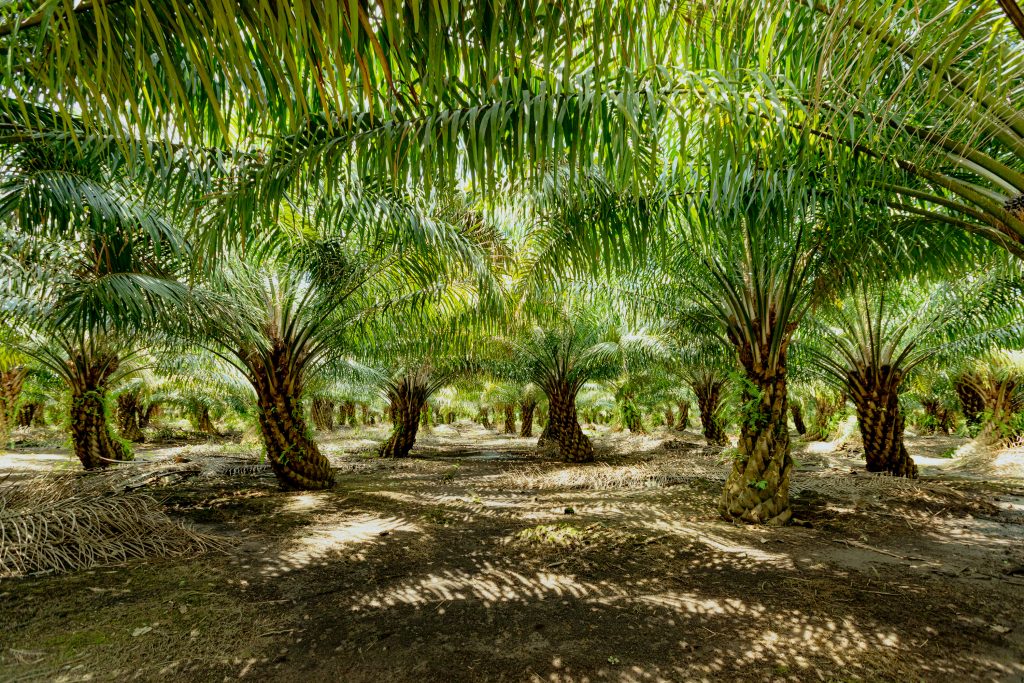
Palm oil plantations across the river from Tanjung Puting National Park Indonesia is the world s largest palm oil producer and consumer with the industry providing over 3 7 million jobs and contributing to the national economy However the sector is also a major source of greenhouse gas emissions from deforestation and the draining of carbon-rich peatlands br br Central Kalimantan Indonesia
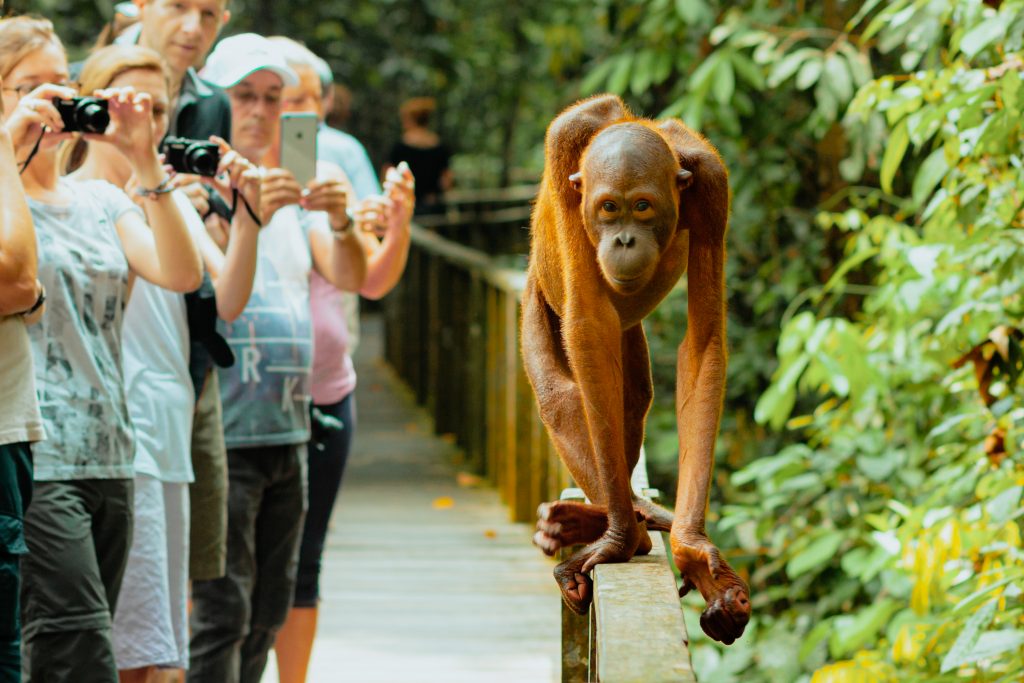
People are watching the semi-wild orangutan going to the feeding platform of Sepilok Orangutan Rehabilitation Centre This centre is the first official orangutan rehabilitation project for rescued orphaned baby orangutans from logging sites plantations illegal hunting or kept as pets br br Sepilok Orangutan Rehabilitation Centre Sabah Malaysia
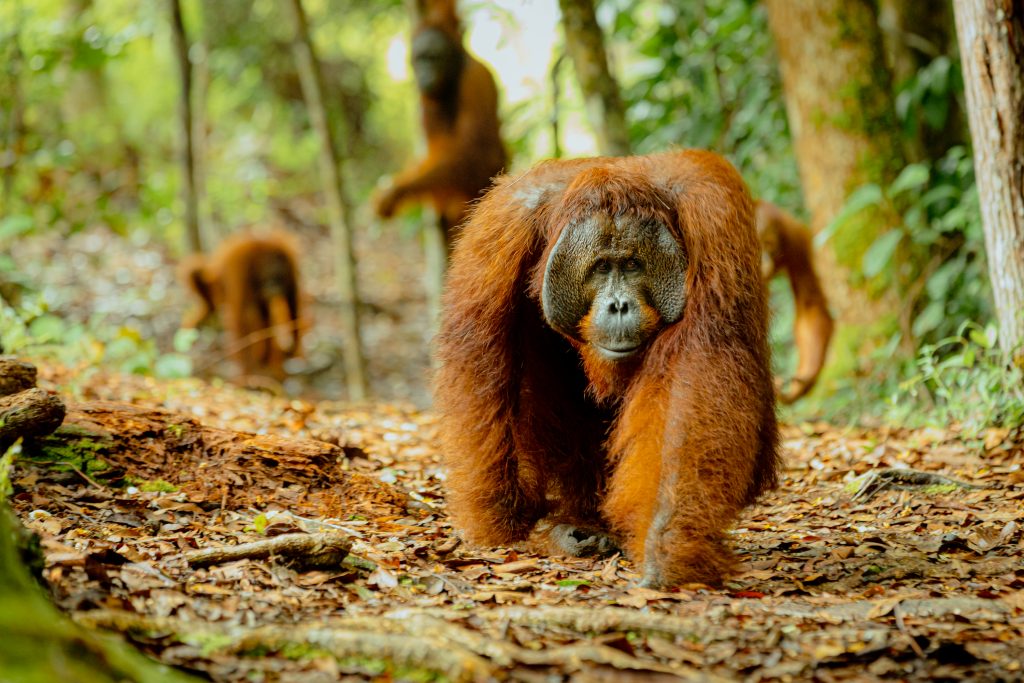
This freely roaming male orangutan may seem dangerous at first sight but the reality is he is just very excited about meeting his fellow rangers who are carrying a backpack full of fresh bananas Thanks to the tireless and dedicated work of Tanjung Puting National Park staff this orangutan as well as many others are thriving in their natural habitat br br Tanjung Puting National Park Central Kalimantan Indonesia
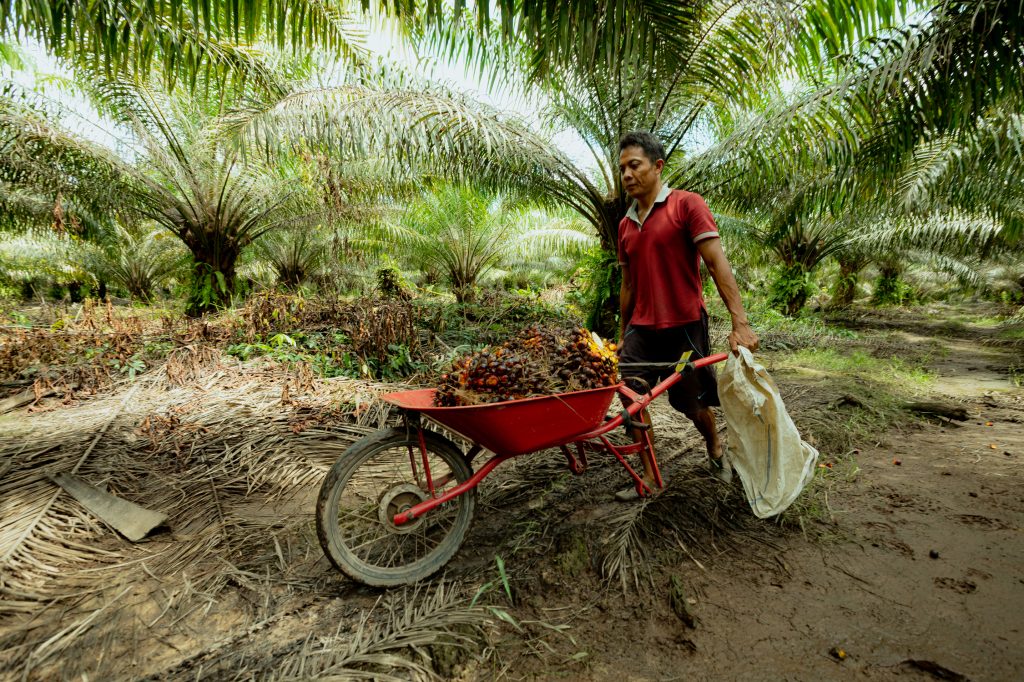
A worker at a palm oil plantation gathers freshly cut palm fruits On average harvesters collect 8 10 carts of fruit each day each cart weighing about 80 100 kilograms For this physically demanding work the typical monthly wage ranges between USD 300 and 400 br br Central Kalimantan Indonesia
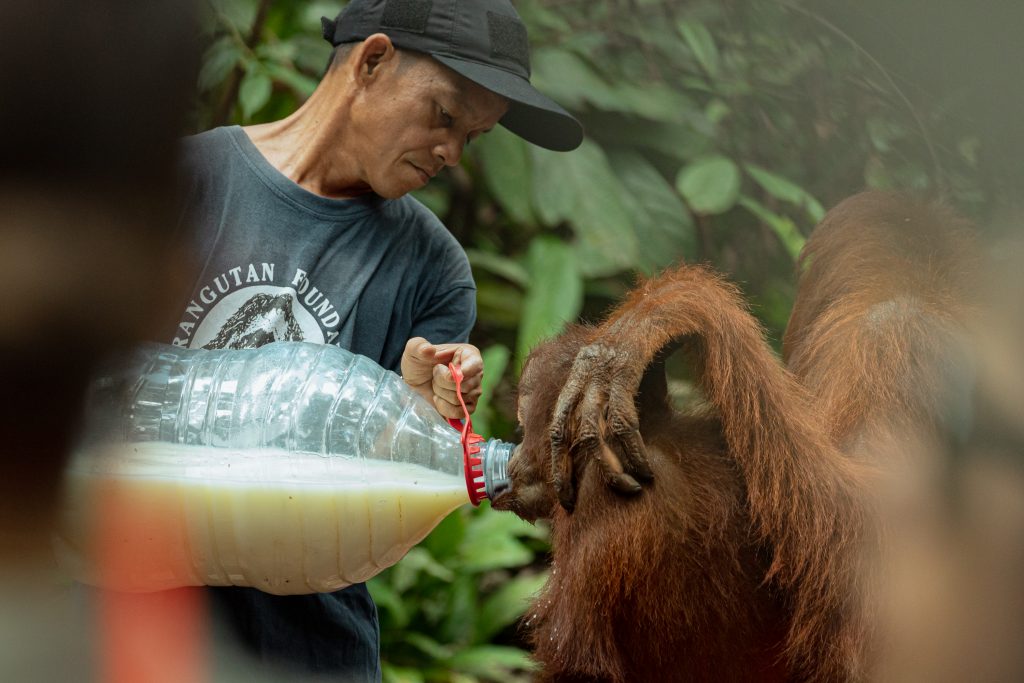
At Tanjung Puting National Park rangers live in modest wooden huts with limited electricity and no running water Twice a day they carry bundles of bananas and flasks of milk into the forest to feed the wild orangutans that gather near feeding platform The work is far from lucrative an average ranger earns around USD 300 a month yet many describe the chance to care for one of Southeast Asia s great apes as their true privilege and the reason they remain in the remote forests of Kalimantan br br Tanjung Puting National Park Central Kalimantan Indonesia

An orangutan tattoo adorns the hand of a park guide For some rangers their commitment to these primates is not only a vocation but also a personal expression literally embroidered on their body br br Tanjung Puting National Park Central Kalimantan Indonesia
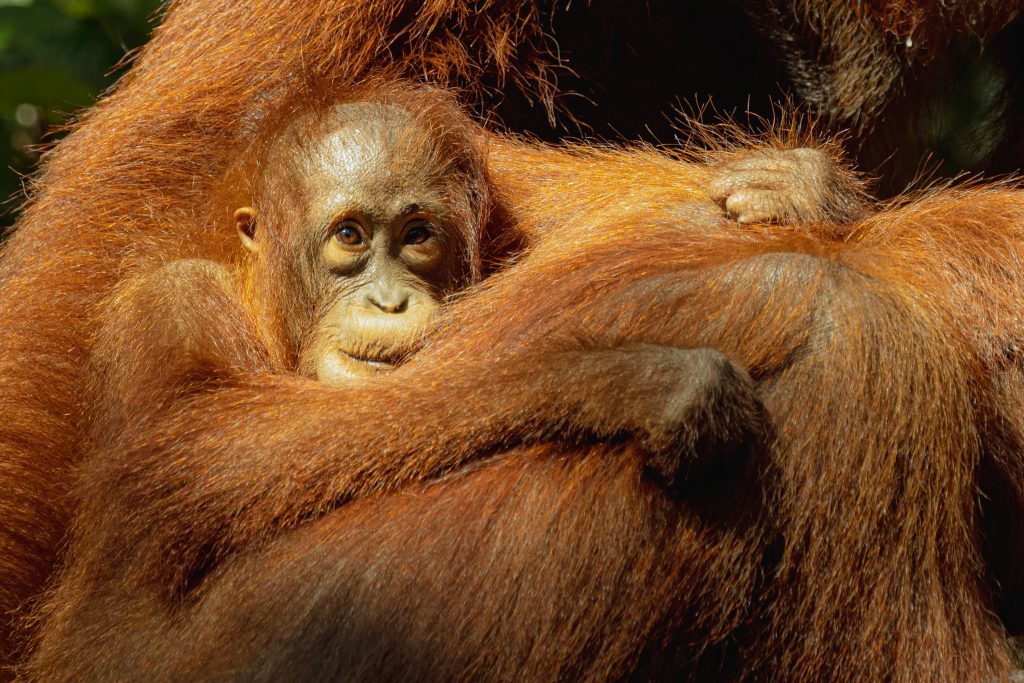
A baby orangutan at the feeding station It will take six to seven years for this orangutan to become self-sustainable thanks to the tireless and dedicated work of Tanjung Puting National Park rangers he has enough time and space to grow up in the natural habitat br br Tanjung Puting National Park Central Kalimantan Indonesia